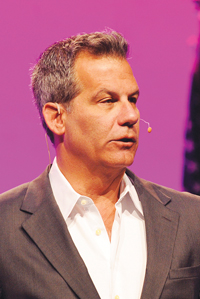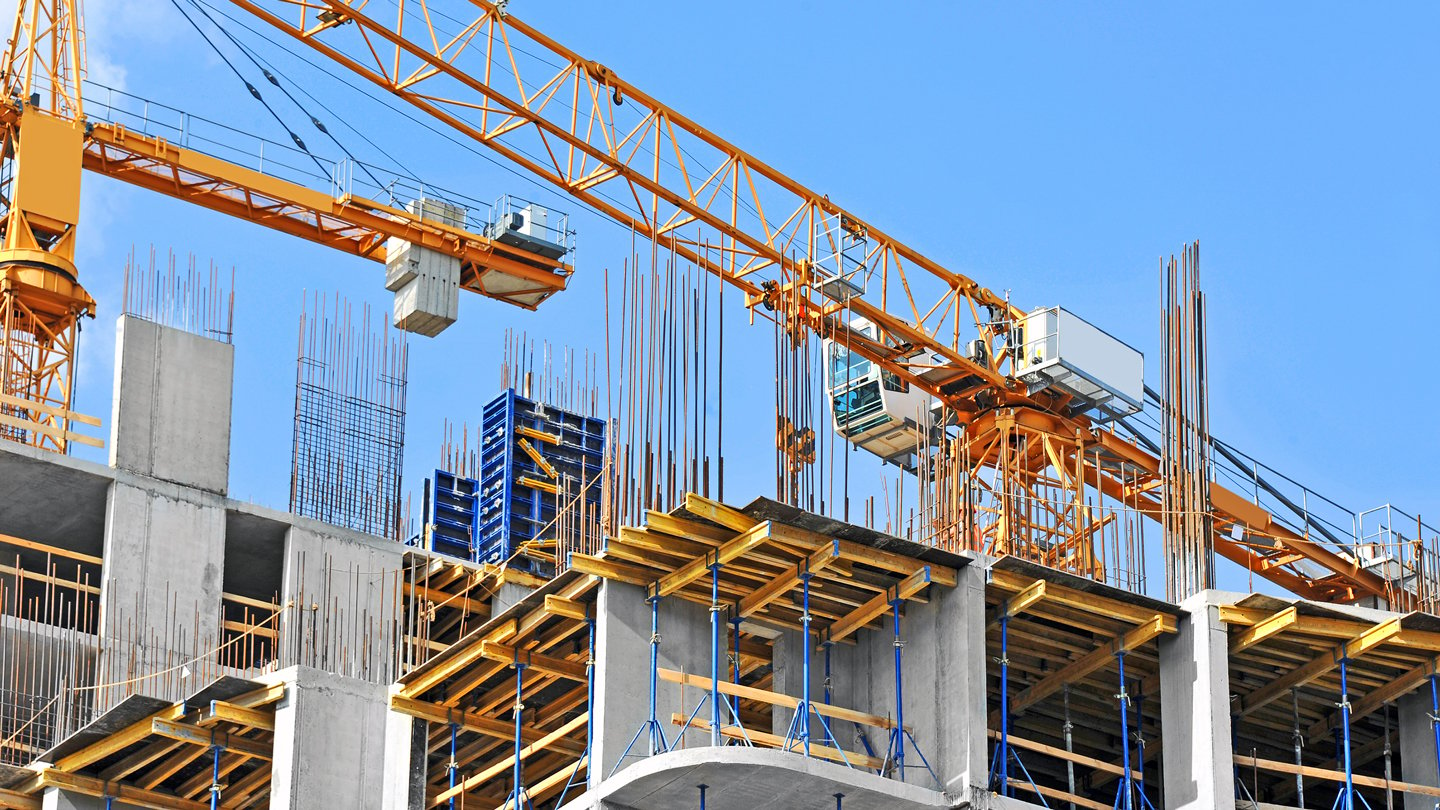What’s the Future of Cities in the Aftermath of COVID-19?

Urbanist Richard Florida sees downtowns evolving from destinations for work into “better neighborhoods.”
The COVID-19 pandemic had significant impacts on cities around the world. Many suffered economically and socially, with downtown areas hit particularly hard. Despite that, urbanist Richard Florida says the crisis also created opportunities for municipalities to reimagine their central business districts as more than places for work.

Urbanist Richard Florida says it is critical for cities to transform their central business districts into places that offer a wide range of amenities.
“We are entering a new era,” Florida said during a recent webinar hosted by The Business Journals. “It took us a long way to get here, but it’s finally dawning on people — city leaders, chambers of commerce, advocacy groups, landlords, real estate owners, banks — that we’re going to have to change the way we create our downtowns. We’ve done this a lot over the past century, and I think we can do it again.”
However, cities face many challenges as they enter the post-pandemic phase. The current economic uncertainty, driven by inflation and higher interest rates, is colliding with a profound transformation in how most white-collar businesses run their day-to-day operations. This has significant implications for office markets and the vitality of central business districts.
“Our downtowns are uniquely troubled,” Florida said. “People aren’t going back to the office. Offices have high vacancy rates.”
Evoking “Downtown is for People,” the seminal 1958 essay written by his mentor, the urbanist and journalist Jane Jacobs, Florida said that cities should focus on turning central business districts into areas that offer a range of amenities. This will make them more attractive places to live, work and play.
“She (Jacobs) basically says monocultural downtowns filled with these giant office towers were not what they should be,” he said. “They should be better neighborhoods.”
Remote Work is Here to Stay
Florida believes that the remote-work trend, which only applied to about 6% of the workforce before its widespread adoption during the pandemic, will continue in some form. People don’t want to give up the flexibility and freedom it provides.
“What happened is that we became untethered,” he said. “Up until recently, you needed a phone with a cable and a desk. I don’t work at a desk anymore. As we came untethered, people could spread out. That was happening before the pandemic, and then the pandemic came along and supercharged that.”
Florida says it’s not about the personal preferences of workers, though. He believes the traditional office model has been outdated for a long time.
“The office we have is a 150-year-old artifact,” he said. “There are fluorescent lights, there are cubicle farms. There isn’t a lot of privacy. It’s not a great place to work.”
According to Florida, real estate developers should focus on creating offices with comfortable seating, natural light and open spaces. This will require significant investments, but it will be worth it to attract workers back to the office.
“The trend now is to make the office look more like your living room or house, to look more like a really nice hotel lobby,” Florida said. “When I wrote ‘Rise of the Creative Class’ 20 years ago, I heard this statement: ‘I want to work on great projects, with great people and peers, in great spaces and great places.’ You see it dawning on real estate developers and landlords. I think that people are going to have to up their game, in terms of what they provide, to bring workers back to the office, and they have to accept that they’re not going to come in every day.”
A Period of Flux
Florida also predicts that the geography of work will change, with people no longer tied to a single location.
“Work ... will expand in areas outside the central business district,” he says. “You’re also going to have tremendous opportunities for workspaces in suburban areas, in outlying areas. People don’t just want to work from home. They want to go somewhere to work, and they want to meet with people.”
Florida says many buildings in central business districts, particularly class B and C buildings, will be demolished.
“Some buildings... will have to come down,” he said, noting that certain office buildings are not suitable for conversions to other uses. Other buildings will go back to the banks. “The people who own those buildings will get hurt, but new actors will buy up some of those buildings, only highly discounted.”
It won’t just be real estate developers and investors who will lose money, though.
“Cities will take a revenue shortfall,” Florida said. “It’s going to be hard to make up the revenue. There’s going to be struggles. The people who will be hardest hit are going to be the people who work in those service businesses and the retail shops and the coffee shops and the lunch places and the restaurants who have to go out and find another job in hard times. Ultimately, this will happen. We’ve seen it happen before.”
Florida noted that while this evolution will be difficult, it won’t be nearly as damaging as the one experienced by many of the same urban areas decades ago.
“The greatest challenge that ever hit our cities in our time was deindustrialization,” he said. “That was an existential crisis. Our cities, which were once filled with factories, all of those factories were boarded up within a very short period of time. They moved out, leaving massive holes, massive unemployment, massive fiscal shortfalls. Cities went bankrupt. No one thought cities could bounce back, but they did.”
Much like in the past, the way forward through the current crisis will require significant investment and innovation. Florida believes that building more affordable housing will be crucial to the success of cities in the future, especially multifamily units that are suitable for families. This means overcoming the NIMBY (Not In My Backyard) attitude that often blocks affordable residential development.
Other Considerations
Florida says nearly every city today is facing challenges around safety and crime, both in reality and perception. While crime rates are nowhere near the levels seen from the early 1970s to the early 1990s, they have gone up, and there is a widespread sense that they are getting worse. Cities need to ensure that essential functions such as police and social services are funded.
Another challenge facing cities is the need to rethink transit systems. Many were built decades ago around a 9-to-5 model, which no longer applies in the aftermath of the pandemic. According to Florida, people now use transit for many functions, including leisure, and this means that the systems must be more flexible. Governments will have to make hard choices about how to maintain existing transit infrastructure, and he suggested that many municipalities should consider holding off on big investments for now.
Florida believes that the key to success for cities is to focus on innovation.
“The roaring 2020s are here, and people want to have fun,” he said.
This means cities need to be more creative in how they use space. Florida suggested that this innovation will come in the form of new construction methods, new mobility options and green technologies.
Finally, Florida said that the biggest key to success for cities is to focus on the people who live there. In addition to creating affordable housing and investing in education and training, it also means providing opportunities for everyone, regardless of their background or socioeconomic status. Florida believes that diversity, equity and inclusion (DEI) initiatives are not just ethical imperatives but also economic ones.
“You cannot afford to waste any person’s talent,” he says.
Trey Barrineau is the managing editor of publications for NAIOP.







